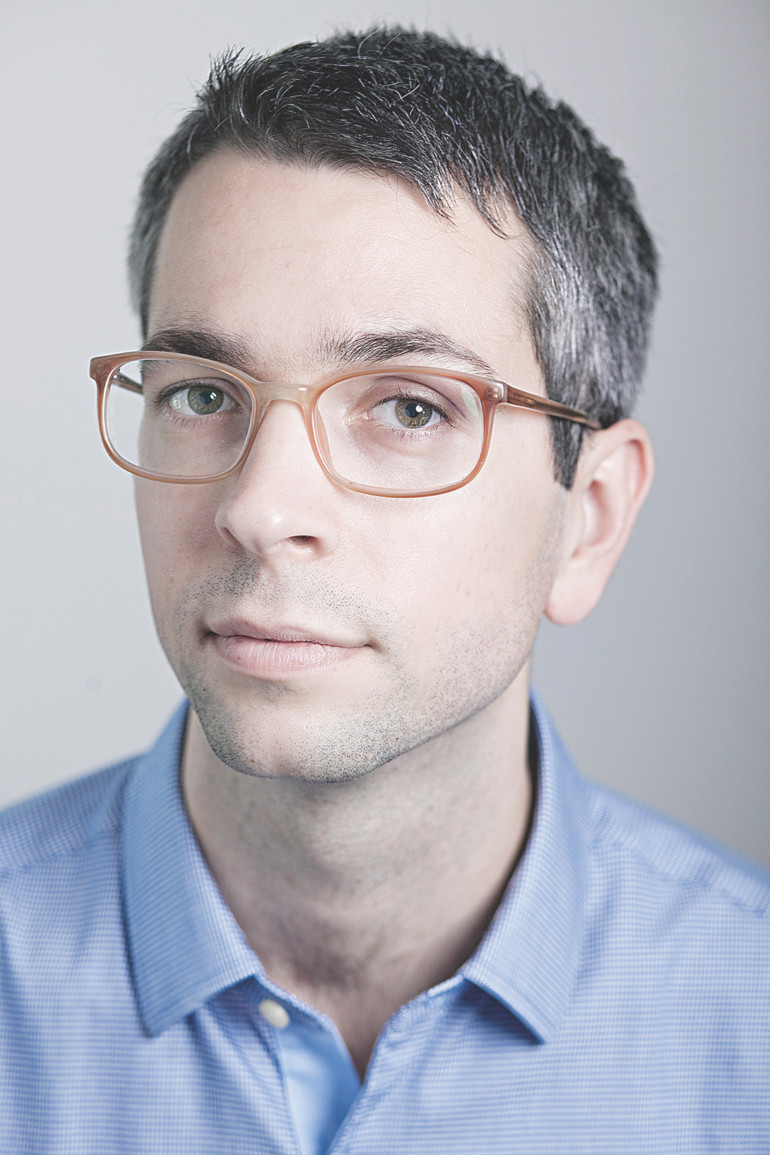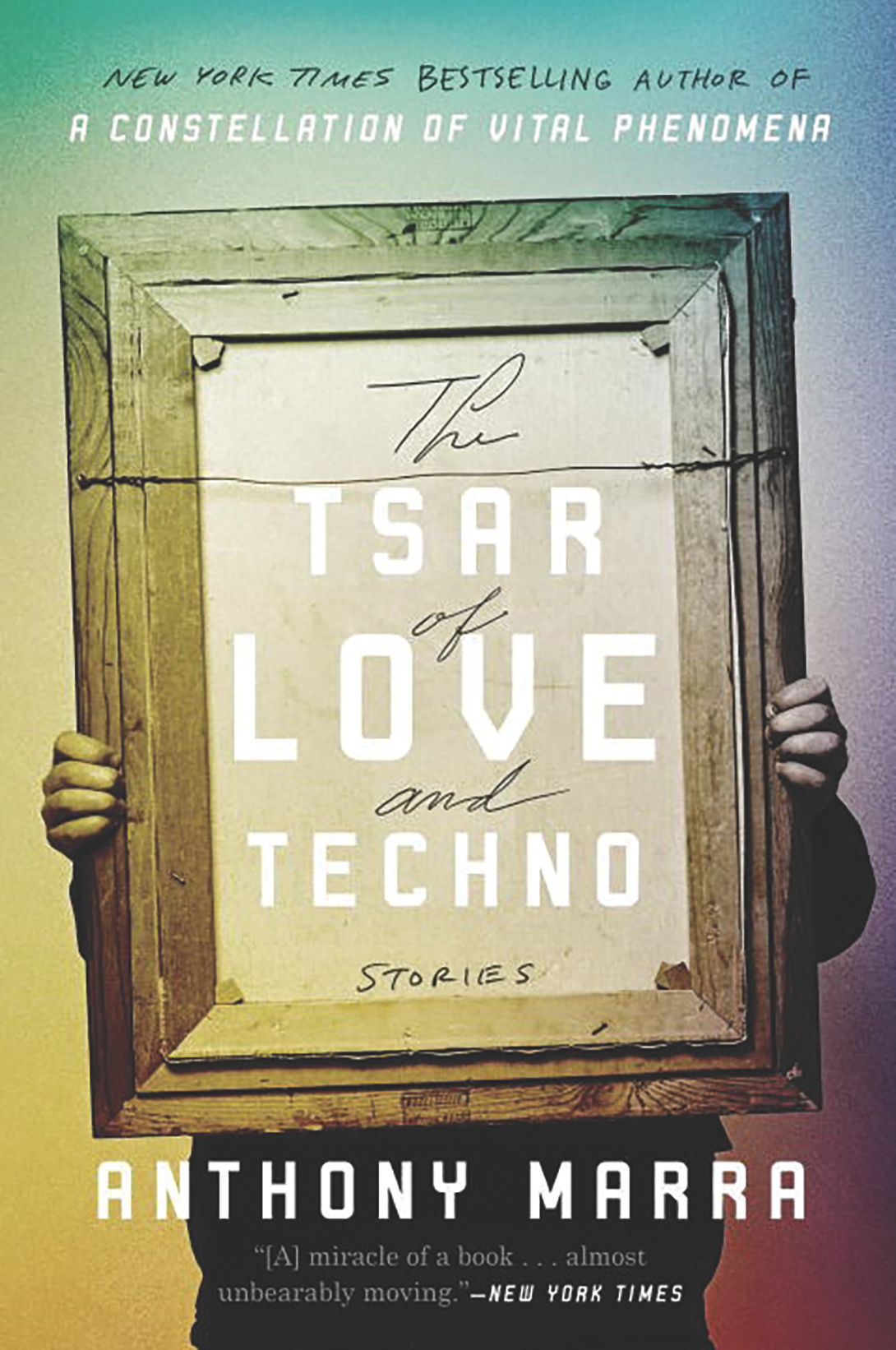MM: There are so many unique elements to The Tsar of Love and Techno: Stories — the narration style; the landscape, both political and literal; and the linked story structure. Which came first?
AM: They were originally all separate short stories, and I got to thinking of how I might try to weave them all together, how I might try to leverage the very aspects of a short story collection that people tend to resist, as a means to tell a story that’s much bigger and more ambitious than I could ever fit into a novel. I tried to use these stories as individual chapters that told this overarching story that lasts about a century and spans thousands of miles.
MM: How do you play with time and history in this book?
AM: I was looking at time through objects. One of the main “characters” is an oil painting from the 19th century. When we walk into a museum, how many hands has a particular painting moved through? How many eyes have seen it? How many people have worked on it? How can you look at one object and use it as a time machine to move through different people’s lives? The painting appears in every single story, and we begin to see how the stories surrounding this painting are in fact more interesting and dramatic than the art itself.
MM: Russia plays a huge part in your novel. What is it about post- Soviet Russia that fascinates you?
AM: It’s a place, in many ways, of extremes: extremes of climate, of geography, of history, of politics. I think that it allows you to pose questions that would be difficult otherwise. Above all, it’s an environment that magnifies moral choice. What are the moral dimensions of citizenship? How do we try to understand political decisions, and how do they touch down in the lives of those furthest from the source of political power, yet closest to the repercussions? Russia is a place that allows those questions to grow to monumental scales.



